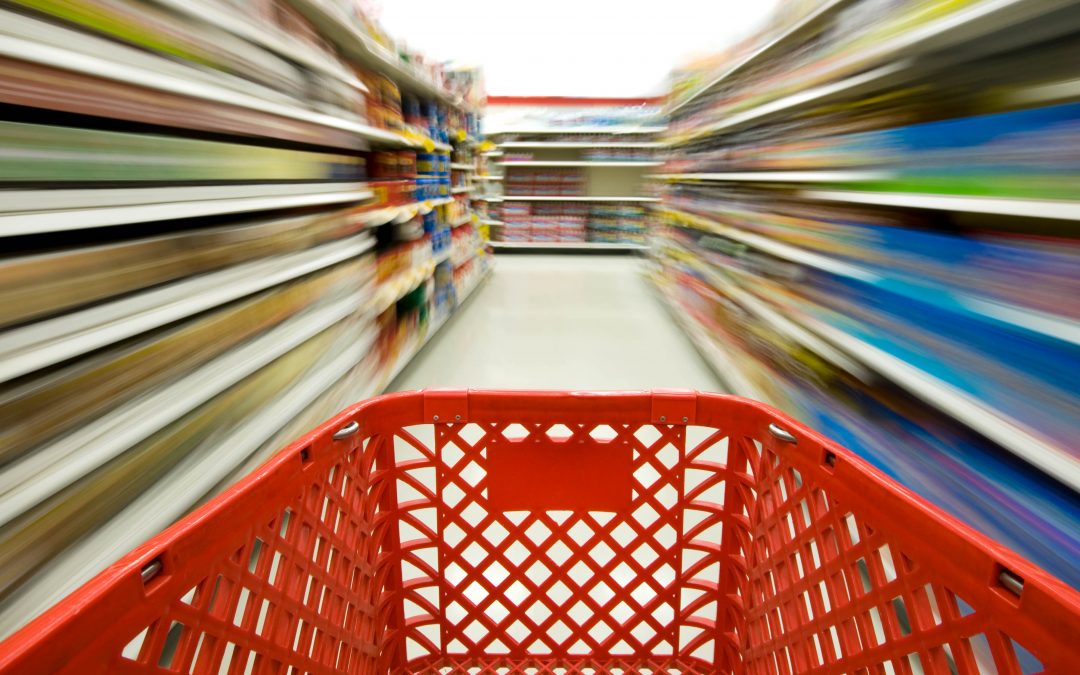As my clients work their way through the KonMari process, category by category, they are often amazed by the “collections” of items that they discover that they never realized they had: a lifetime supply of bathroom cleaner, enough Kleenex packets to last through many flu seasons, or, in my case, hundreds of pens and pencils and a giant mound of safety pins.
When the KonMari process is designed to help you reduce the quantity of your belongings so that you are keeping only those items that spark joy, you might wonder how services that allow you to order items instantly — even for delivery in an hour or less — can help you achieve that goal. What I’d say is this: by allowing you to purchase items “just in time,” services like Amazon Prime Now can help you to store less and therefore rid yourself of the habit of “stockpiling” large quantities of items that you might nevertheless continue to purchase before you use them up.
“Just-in-time” purchasing is a business-related concept. The idea is to minimize the inventory on hand by ordering parts and supplies just before they are to be used, reducing waste and reducing the costs of storing inventory. In the home context, this means reordering items only when you are almost out of them, rather than keeping a large stockpile or buying in bulk.
Gretchen Rubin, whose Four Tendencies framework was the subject of a five-part series on this blog, draws a distinction between over-buyers and under-buyers that may also help explain why some of us prefer to have extras on hand (over-buyers) and others wait until they absolutely have to buy something to make a purchase (under-buyers). Under-buyers are less likely to resist services that allow them to purchase items “just in time,” so this post is primarily addressed to over-buyers.
So why should you embrace the idea of using delivery services that allow you to order products right when you need them? Here are a few reasons:
- The hidden costs of storage. When we get a great deal on bulk items at Costco and other big-box stores, it’s easy to be pleased with how much we’ve saved. But how much does it cost to store all of those items? Think about the cost per square foot of your home, and it’s easy to see that having the space for all of these bulk items costs money. The square footage of the average home continues to expand, giving us more room to store our purchases, but that extra space comes at a cost.
- Forgetting what we own. The more we store, the harder it is to remember what we have. As our closets, garages, and basements get more and more crowded, it is easy to purchase duplicates without realizing that we already had those items.
- Waste. The more we buy and store, the more likely it is that we will not be able to use these items before they expire or lose their effectiveness.
- The temptations of in-person shopping. Have you ever gone shopping and stuck to your shopping list without buying any additional items? Me neither. The temptations of the grocery store or the mall or other shopping center may lead to unnecessary purchases, when ordering online can help you to target exactly the items you need and no more.
If all of this has convinced you to give just-in-time shopping a try, let me leave you with one caution:
- Be careful when using “subscribe and save” services. These services can be helpful by automatizing the ordering of items you use frequently, but if you aren’t sure how often you run out of these items, before you know it you can find yourself with a stockpile. If you use these services, be sure to pay attention to the quantity you use over time and adjust your orders as needed.
Have you had good or bad experiences with Prime Now and similar services? Ask questions or comment below!


Recent Comments